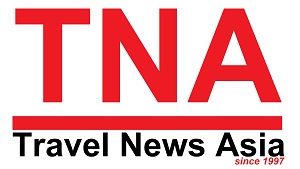|
According to data released by STR, the Average
Treatment Rate (ATR) for luxury hotel spas in the U.S. in 2009 was reported at
US$135.39, a 4.5% decline compared with full-year 2008. For
full-year 2009, Average Treatment Room Utilization (ATRU)
increased 3.5% to 31.1%.
The results were helped by a relatively strong
fourth quarter, benefitting from the positive comparison against
the fourth quarter of 2008, which was the beginning of the global
recession.
The trend of luxury hotel spas "buying"
utilization or occupancy by sacrificing rate and revenue is
mirroring the performance of the U.S. luxury hotel industry. For
that segment, Average Daily Rate (ADR) declined 16.3% in 2009 to
US$243. For the same period, demand declined 0.6%, but the
unprecedented influx of almost 8,000 new rooms, or 8.9% of
existing supply, caused occupancy to fall 8.7%.
"The positive growth in the treatment room
utilization (+3.5%) is more robust than the decrease in guestroom
occupancy (-8.7%), which seems to be an indicator of the spa's
ability to capture hotel guests as well as attract a local
audience to the spa," said Jan Freitag, STR's vice president of
global development.
For salons in luxury hotel spas, Average Salon
Rate (ASR) and Average Station Utilization (ASU) declined for the
year. Again, the relatively strong fourth quarter comparables
eased the poor performance through September. For 2009, ASR
declined 3.6% to US$59, and ASU dropped 9.3% to 19.5%.
"When comparing luxury hotel spas' 2009 ATR
(US$135.40) and the ASR (US$59) to the luxury hotel industry's ADR
(US$243), it might bring up the question as to whether the spa
segment will receive increasing attention from general managers
going forward," Freitag said. "After all, a hotel room can only be
sold once per night, while a spa treatment room can be sold
multiple times a day."
STR expects the U.S. lodging industry to show
signs of stabilization during 2010, starting at the upper end of
the chain-scale spectrum.
See recent travel news from:
Travel News Asia,
STR
|


